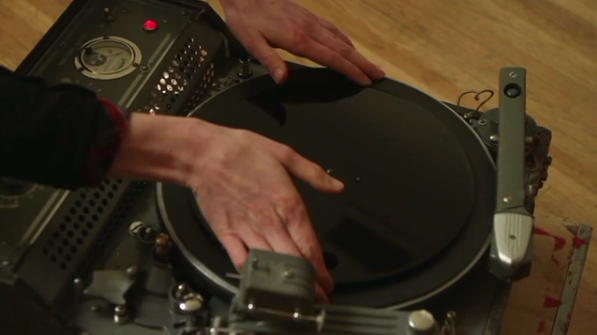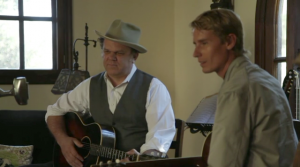
Using a 1930s Presto direct-to-disc recorder, filmmakers travel cross-country in an attempt to record the essence of musicians in a back-to-basics method that strips art down to its rawest form. With the likes of The Reverend John Wilkins, Sea of Bees, and many others across the musical spectrum included in the project, audiences are shown the talent of each respective artist, prior to the post-production sweetening applied to most professional recordings.
 Needless to say, this is a documentary you go in to really wanting to like. It has many of the right elements, and addresses a very important issue without even mentioning it in the first place—the Age of Auto-Tune. But there are so many problems here.
Needless to say, this is a documentary you go in to really wanting to like. It has many of the right elements, and addresses a very important issue without even mentioning it in the first place—the Age of Auto-Tune. But there are so many problems here.
The old adage “We don’t need to see how the sausage gets made” applies to parts of the film. We’re given great artists one minute, then a seemingly random tour of the Smithsonian the next. There’s no real focal point here. And we don’t really get a grasp of “why” the film is being made in the first place. Perhaps that was because I walked out of the film after giving it an hour (just long enough to see John C. Reilly play), but during my viewing experience I failed to really see the human element shown here. We’re not given an explanation of the importance of the record, the need for human expression, or anything juicy enough to keep the viewer engaged. If that somehow manifested itself after an hour, please feel free to correct me. Otherwise, I can only assume that we have a documentary about an 80-year-old recording technology with just a sketch of history or technology.













